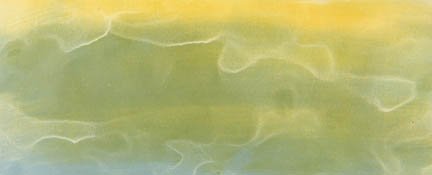mark
Member
- Joined
- Nov 13, 2003
- Messages
- 5,703
Mel Stabin, in his book WATERCOLOR: SIMPLE, FAST, AND FOCUSED, says it is the process of painting that is important not the final product. (paraphrased of course) this got me thinking about my photography. At least the photography I did when I had the time to actually do it on a regular basis. I then looked at the number of unprocessed negs I have and realized that those final steps were not as important as the making of the photograph. Maybe I am screwed up but I really have very little desire to process and print those negs that are sitting there. I suppose I will get around to them but I am not in a rush. So for me it really is the process of taking that image that is important to me.
Now, I am in no way saying there is a right or wrong answer to this question and my way is definitely not the way of many others but I thought it was an interesting realisation.
So which is it for you?
Now, I am in no way saying there is a right or wrong answer to this question and my way is definitely not the way of many others but I thought it was an interesting realisation.
So which is it for you?







